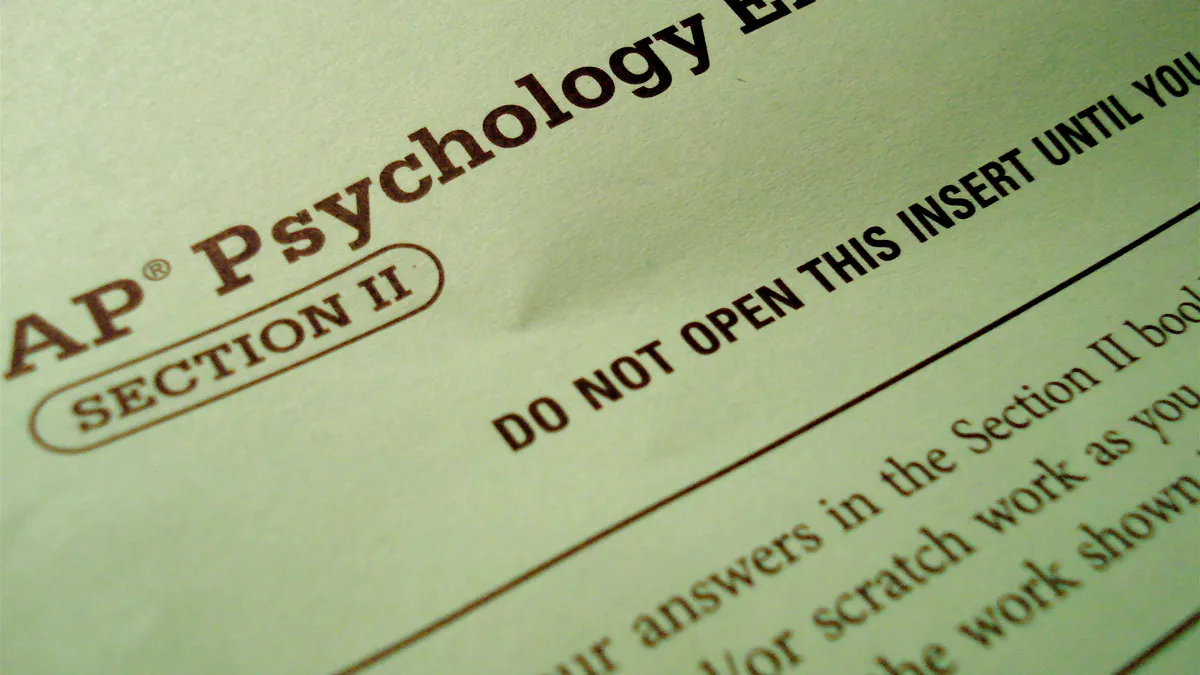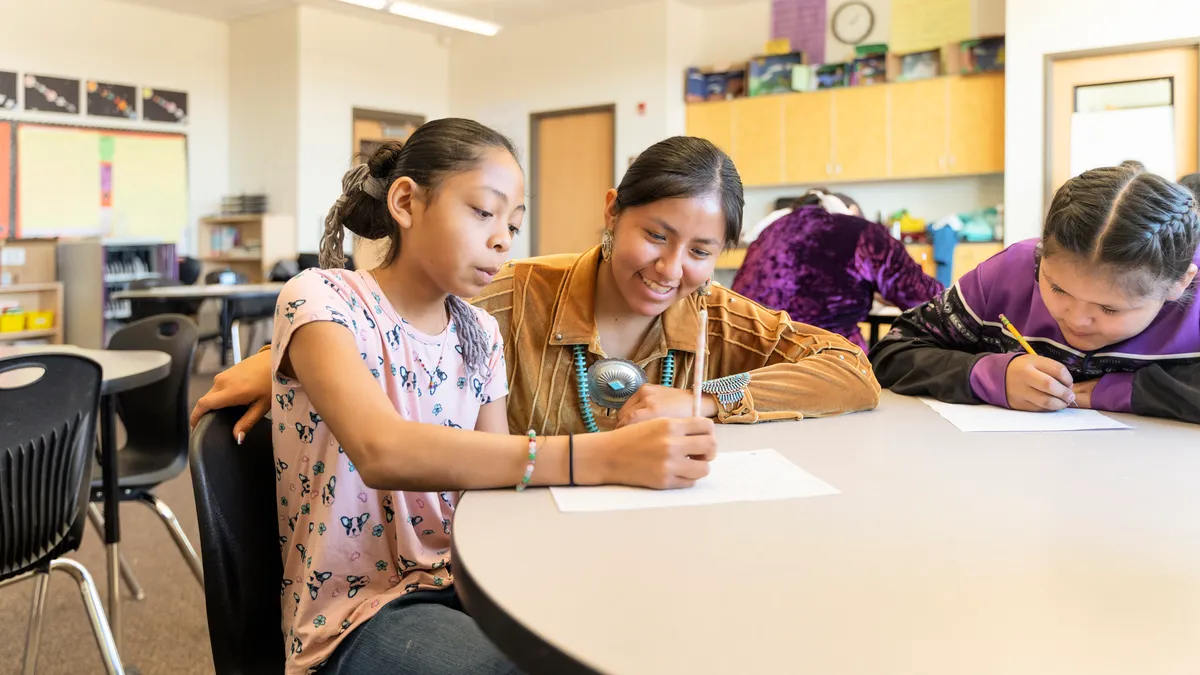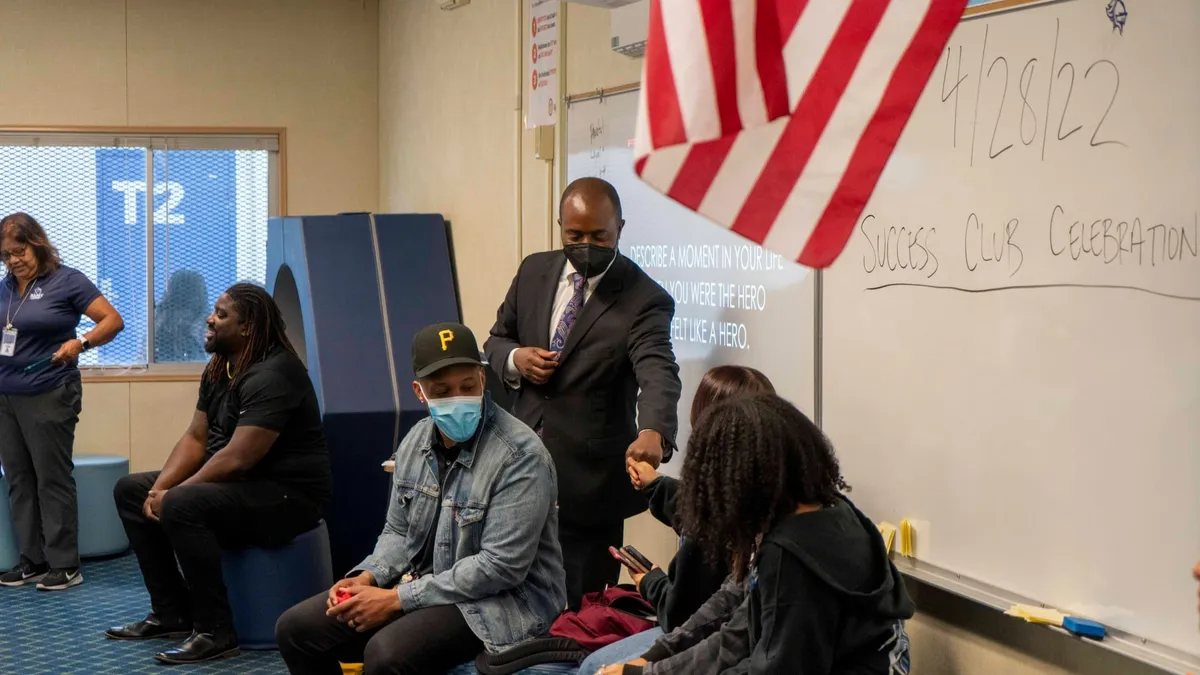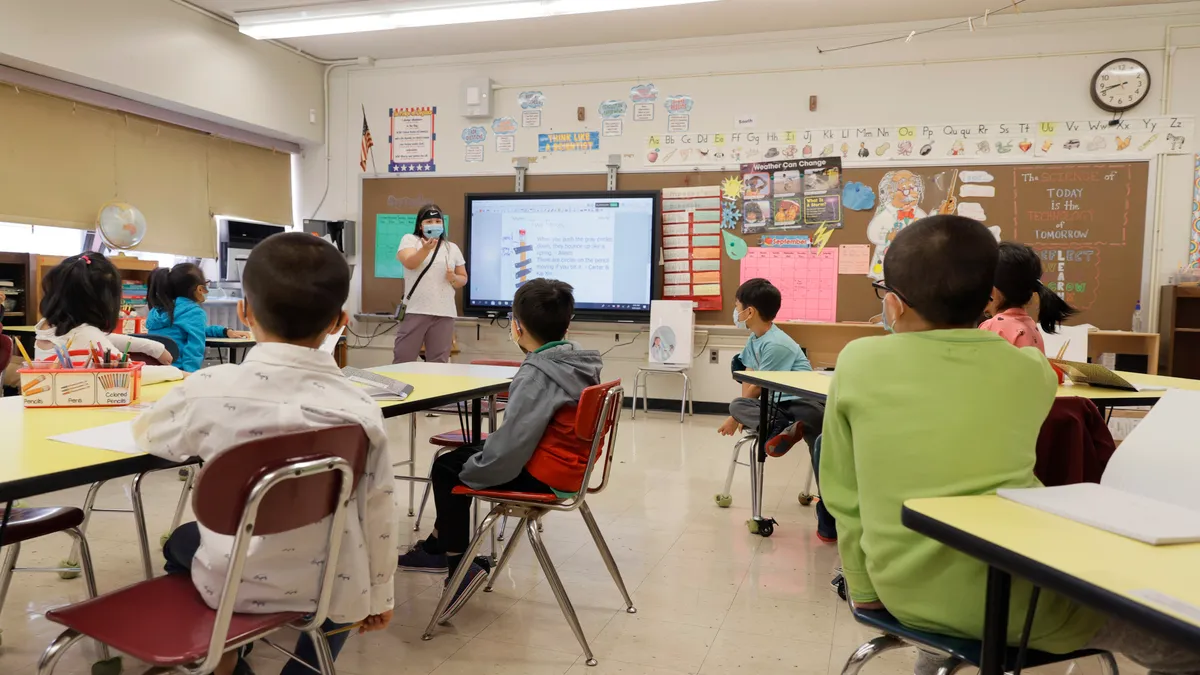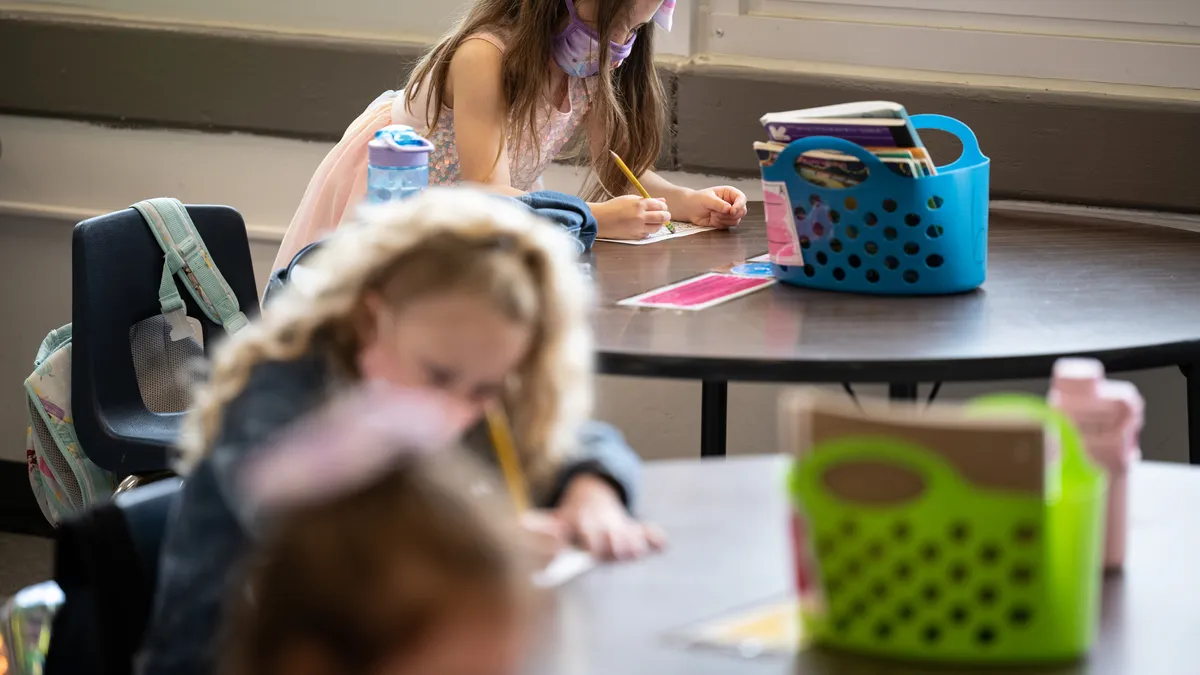This feature is part of a series focused exclusively on personalized learning. To view other posts in the series, check out the spotlight page.
The following is a guest post written by Garrett Wilhelm. Wilhelm is co-founder and head of school at Berthold Academy, a Montessori school in Reston, VA.
I was a straight “A” student until 10th grade.
Why 10th grade? Because what happened that year had a profound effect on my educational experience. It was a turning point that, ultimately, set me on the career path I have so passionately chosen to lead. My father died after a seven-year struggle with AIDS. I was just a sophomore, a young person trying to make my way through high school in Fairfax County, VA.
Fairfax County schools have been described as “some of the best in the country.” So why, during those years, didn’t I continue to benefit from a high-quality, “best-in-the-country” education? Once my father died, I was lost. I looked around for help trying to dig out of the hole of emotions, to bolster my motivation, to move forward, get unstuck. But despite my formerly strong educational performance in one of the best school systems in the country, I got little help with this difficult life transition — a transition far more significant than the abstract subjects I was supposed to be studying as I prepared for tests. No one took the time to reach out and connect the dots between school and life. No one showed me that education could be engaging. I had never felt more insignificant. Ultimately, I just fell through the educational cracks.
What defines a “good school” in the public sector? Numbers. Percentages that demonstrate student progress on standardized testing. Do these numbers mean that we are providing everything we possibly can to each and every student who walks through the public school doors? In my personal experience as a student growing up, and also as an educator working in the field, the clear answer is "no."
The phrase “good school” is subjective, with the particular definition based on who you ask. In the public school environment, a “good” school performs well on the SOLs. Any teacher — whether from public, private or charter — knows that this method of evaluation is highly flawed. How can we define a student through a series of tests when testing doesn’t give the educator a complete picture of the student’s retention and functional use of knowledge? Our current system of measurement is, I believe, more an affirmation of a student's ability to memorize and regurgitate the “right answers.”
In a variety of world rankings, U.S. school systems as a whole do not land at the top. Our schools are not performing optimally. We aren't demonstrating the kind of gains we want to see. We clearly aren’t getting it right. What’s needed is a complete reform of our public education system. The No Child Left Behind Act’s term ended this year with minimal revisions, only to be reworded and enforced under a new name, the Every Student Succeeds Act.
We need to move from the industrial, one-size-fits-all methodologies that define our current school system to new models of teaching and learning — models that reflect the independent-thinking and innovation badly needed in our present-day workforce. But we're grid-locked. Nothing is being done out of fear that a reform from the bottom up would cost too much money.
But let me ask you this: Even if it is expensive, wouldn’t you say our literal future is worth it?
This is exactly why my school, Berthold Academy, our partners at AltSchool (Silicon Valley’s most innovative, forward-thinking ed tech company), and many others around the country have decided to move forward, to make pioneering changes in how we educate children. And we’re doing it without public backing.
Our approach is simple: We follow the child. We flip the system upside down and concentrate on learning as much as we can about who the child is before we craft their educational goals. And in doing so, we help each individual meet the requirements of “common core” standards and, just as importantly, support their social-emotional development and growth of personal virtues.
Once we are clear on each individual student’s needs, strengths and interests, we can then track both cognitive and non-cognitive growth and data. In doing so, we demonstrate gains that will eventually allow us to bring results to the public sector in a way that kickstarts the national conversation around education reform.
Our public schools haven’t historically tracked or evaluated social-emotional learning in this way, if at all. They haven’t defined how qualities like grit, compassion, empathy, self-confidence and self-regulation factor into a child’s growth and education. But there is much research, and common sense, to support the idea that such qualities are paramount to forming a child’s intrinsic motivation and passion to learn. Approaching education in this way, we become acutely aware of who a child is, how he or she is progressing, and what struggles may be affecting performance. No child in my school will fall through the cracks in the way that I did when my father died. We believe that supporting social-emotional learning is as important as supporting academics.
Somewhere along the way, education and society began to value giftedness in math and science higher than art and music. We began to quantify and test everything — began to believe that for a subject to count, it had to be counted. Unfortunately, the result has been that many children have been deterred from following their dreams, for fear that they could never actually find a “real job.” But education is about so much more than scantron tests or regurgitating knowledge without deeply exploring underlying concepts. And giftedness comes in many forms.
I believe that every single child born into this world has a unique gift and talent. I believe that through a meaningful and deeply personalized curriculum based upon student observation, data, and a combination of social-emotional and academic growth, these talents will rise. This is how we will send virtuous students into the world and change it for the better.





